When the pipes need to stretch out more than what a single joint can handle, we use a special kind of joint called a double bellows joint with a support foot. It’s placed in the middle of the pipes, and each side of it can move independently to handle the stretching. This joint is really good at dealing with movements that happen sideways too. It also stops the force of the liquid inside from pushing too hard on the pipes. Plus, it can deal with the pipes getting longer or shorter as they heat up or cool down.
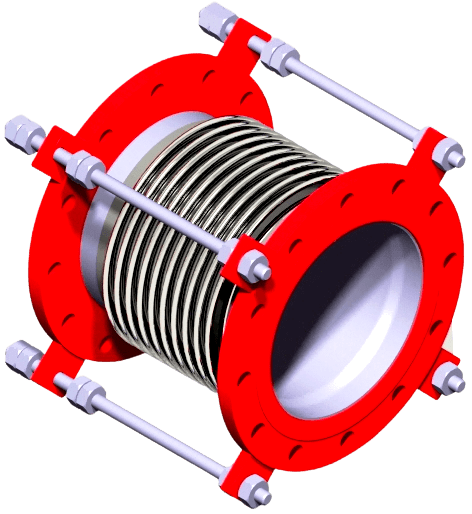
Axial Expansion Joints Movement
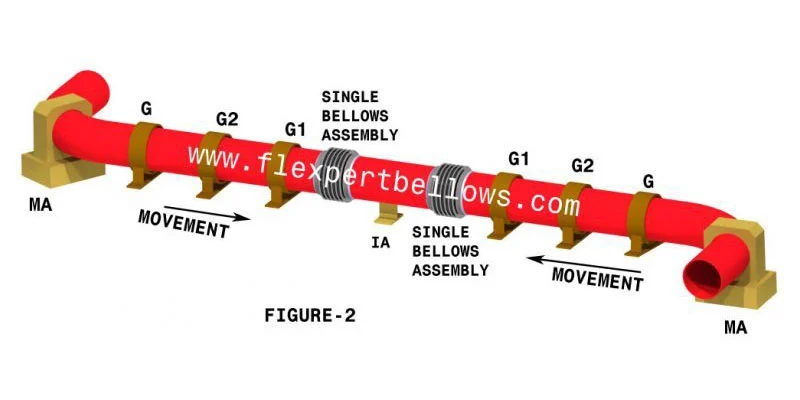
Axial Expansion Joints are the simplest type of expansion joints using a single bellows unit. Stainless steel expansion joints are compact requiring virtually no additional space beyond the length of bellows and weld ends or flanges for installation. These Axial Expansion Joints have a further advantage of not imposing a change in the direction of flow. Where small thermal movements are involved and where proper anchoring and guiding are possible, single bellows provide the most economical solution.Intermediate Anchor Arrangement For Opposite MovementThe most common application is to absorb axial movements of a straight pipe between main anchors. These single expansion joints should be placed near one anchor and guides should be utilized to ensure proper alignment and movement control as shown in the adjacent figure.
Axial Expansion Joints System
An axial expansion joints system is crucial for piping, providing flexibility to handle movements from factors like temperature changes and pressure fluctuations. These joints, strategically placed along the pipes, absorb movement stress, ensuring system integrity and preventing damage. They’re essential for safe and reliable industrial operations.
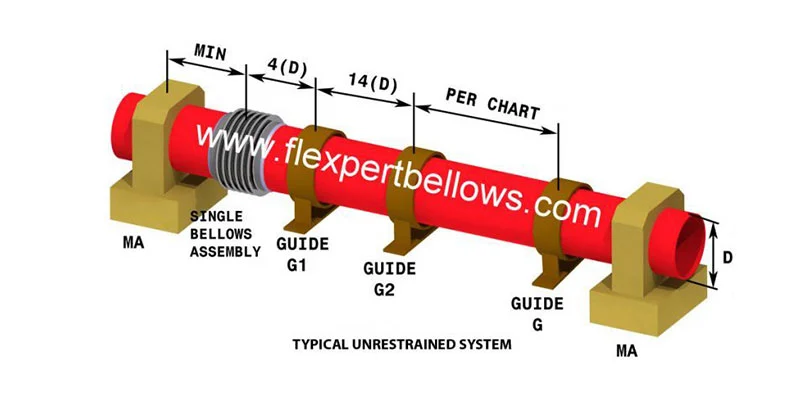
Various Types of Axial Expansion Joints
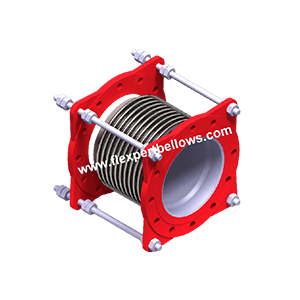
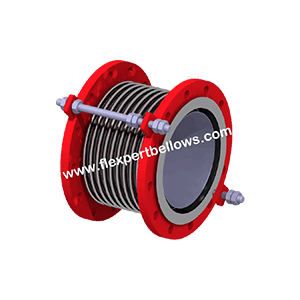
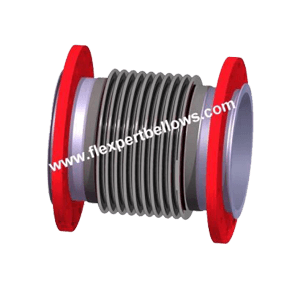
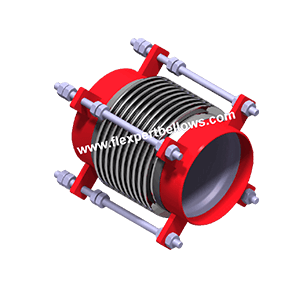
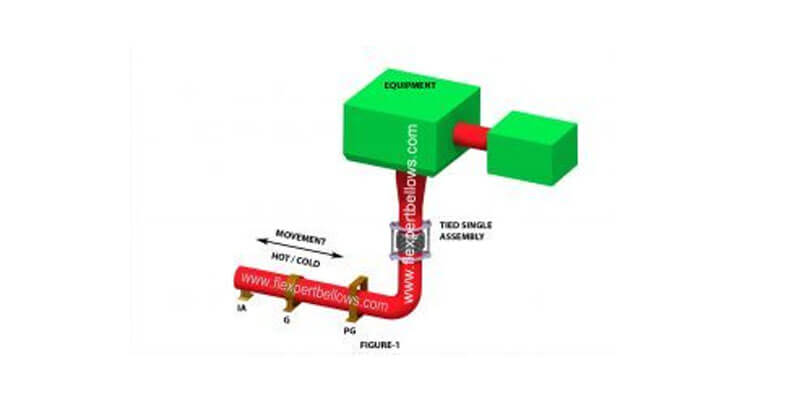
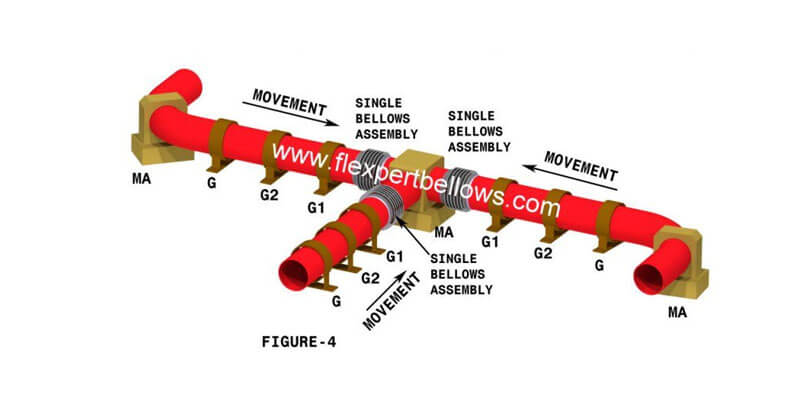
Stainless steel bellows are designed to compensate for axial displacements. Slight lateral movements of bellows are acceptable but reduce the cyclic life expectancy if the allowable axial movement is used at the same time. The lateral movement on this type of expansion joint produces the highest forces and the most detrimental movement for this type of expansion joint. For this reason, axial expansion joints should be installed co-axially with the piping. The Stainless steel bellows should be made to avoid lateral movements by providing directional main anchors at the ends (two-direction supports acting at right angles to the axis of the pipe) to direct the piping growth into this joint only in the axial direction.
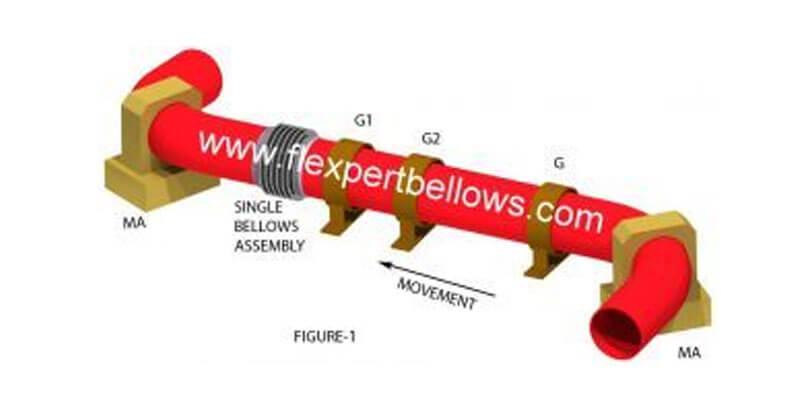
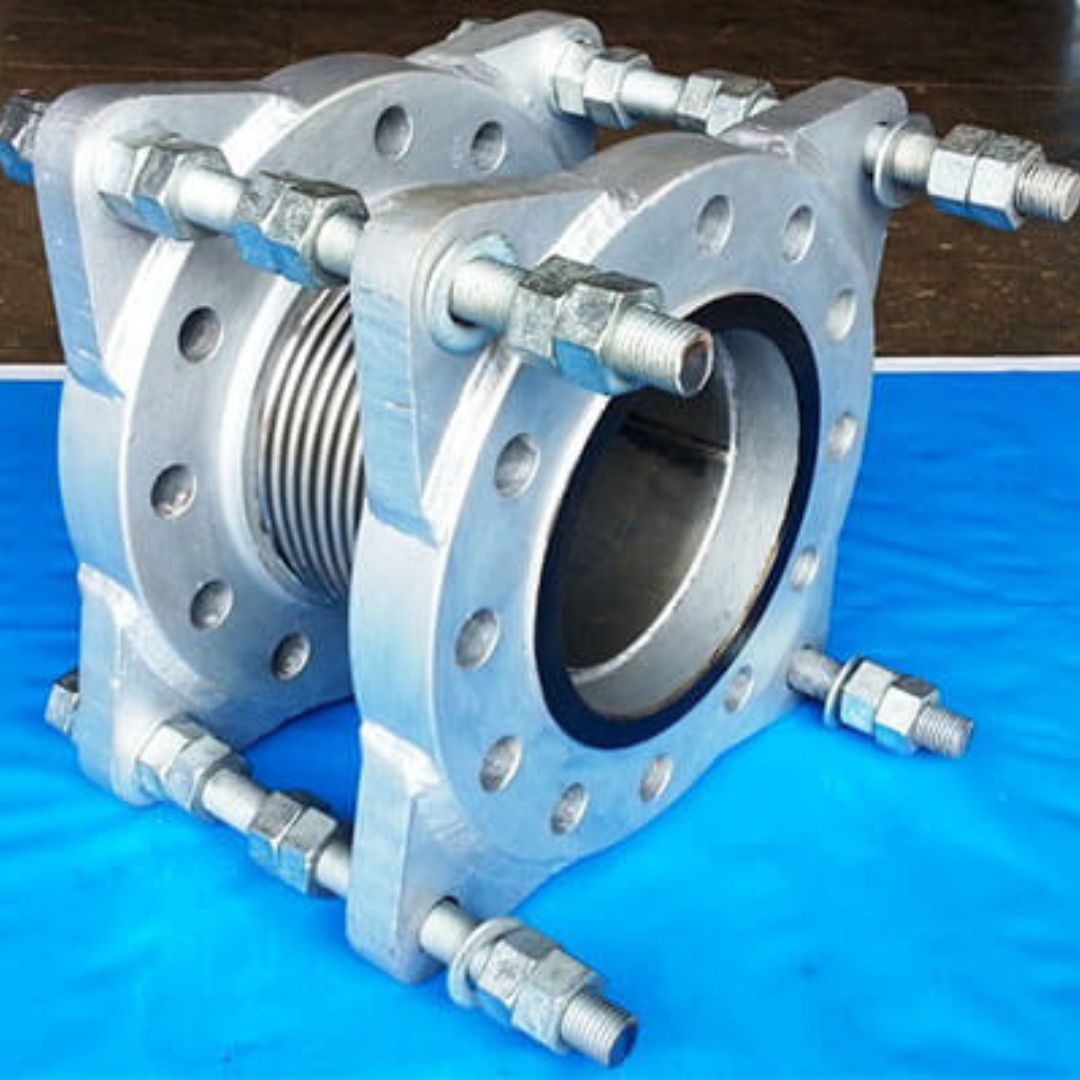
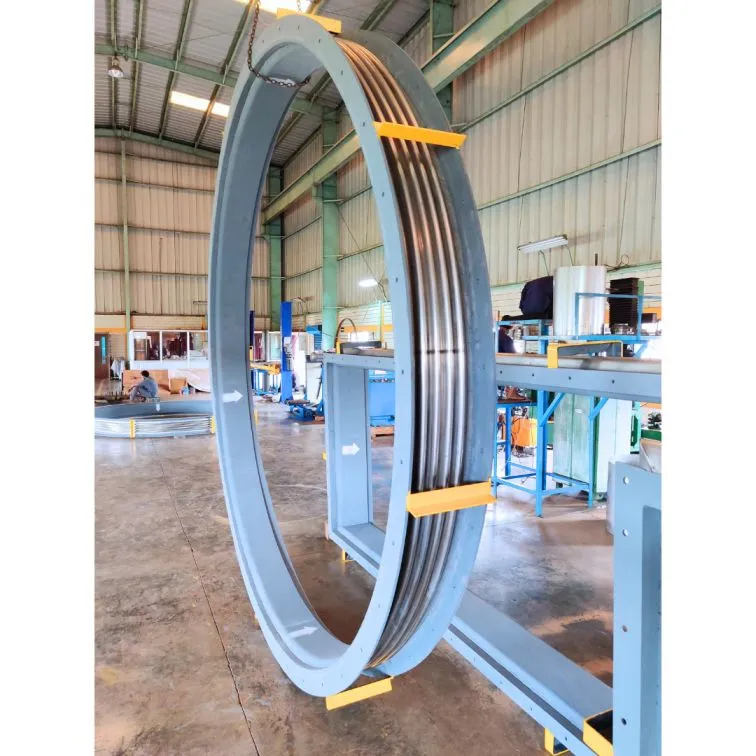
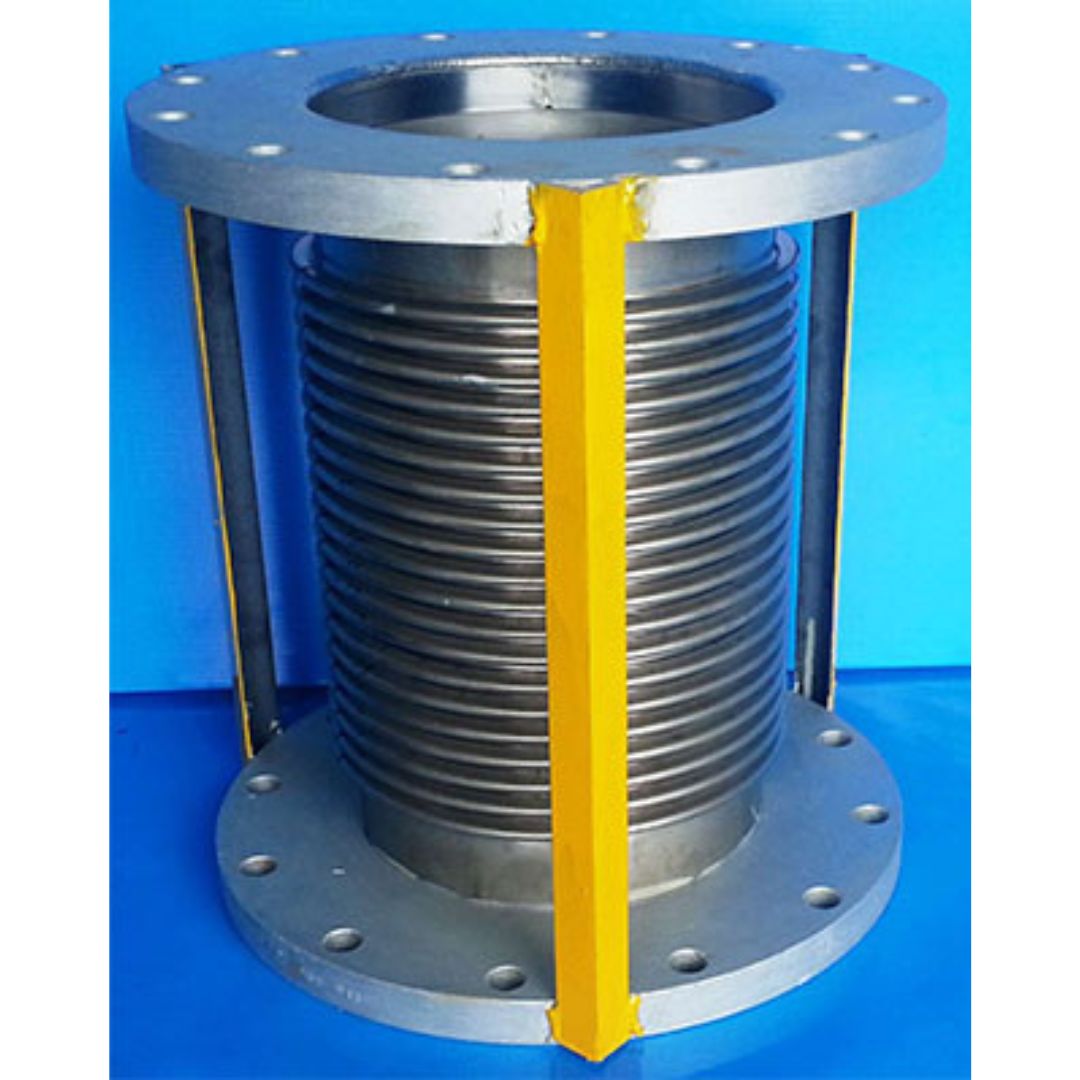
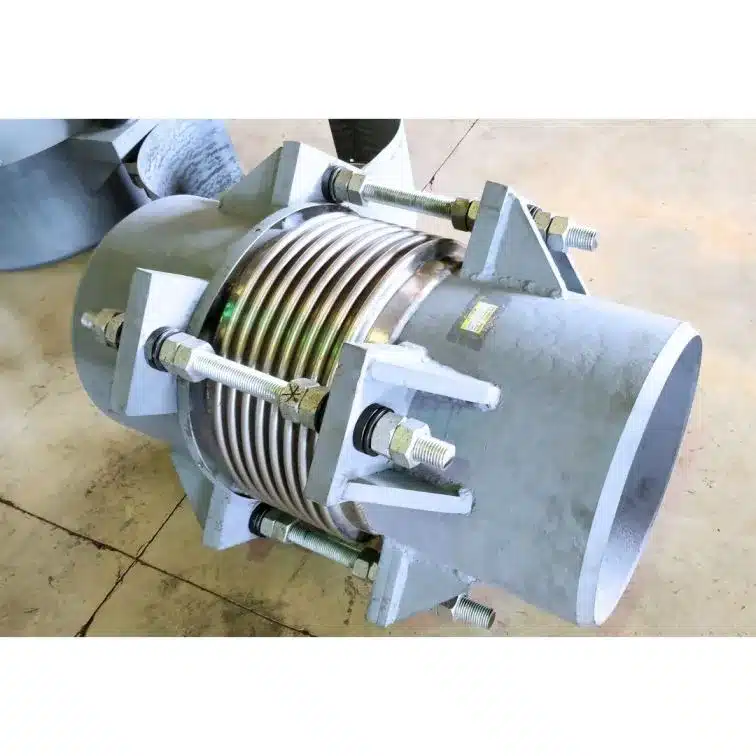
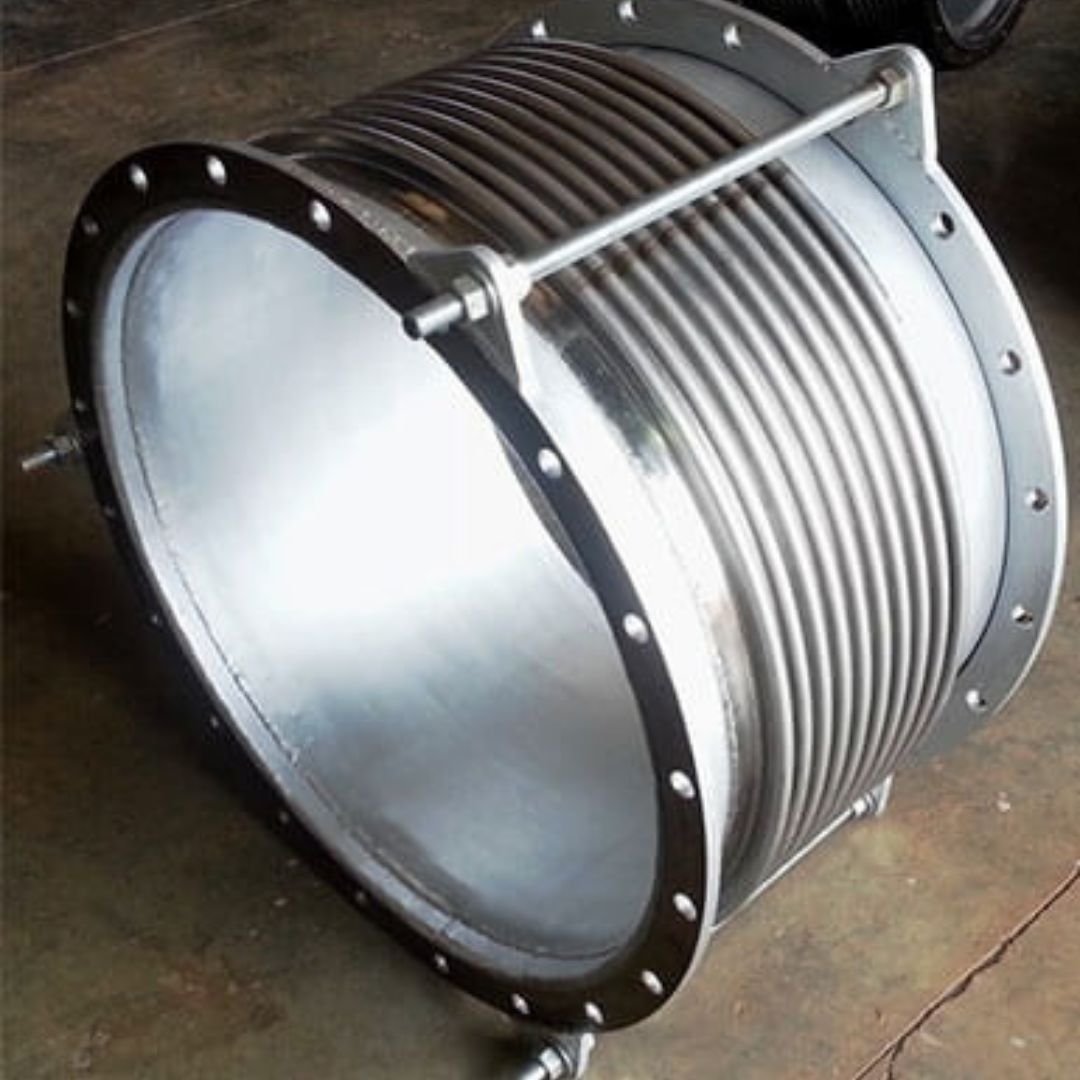
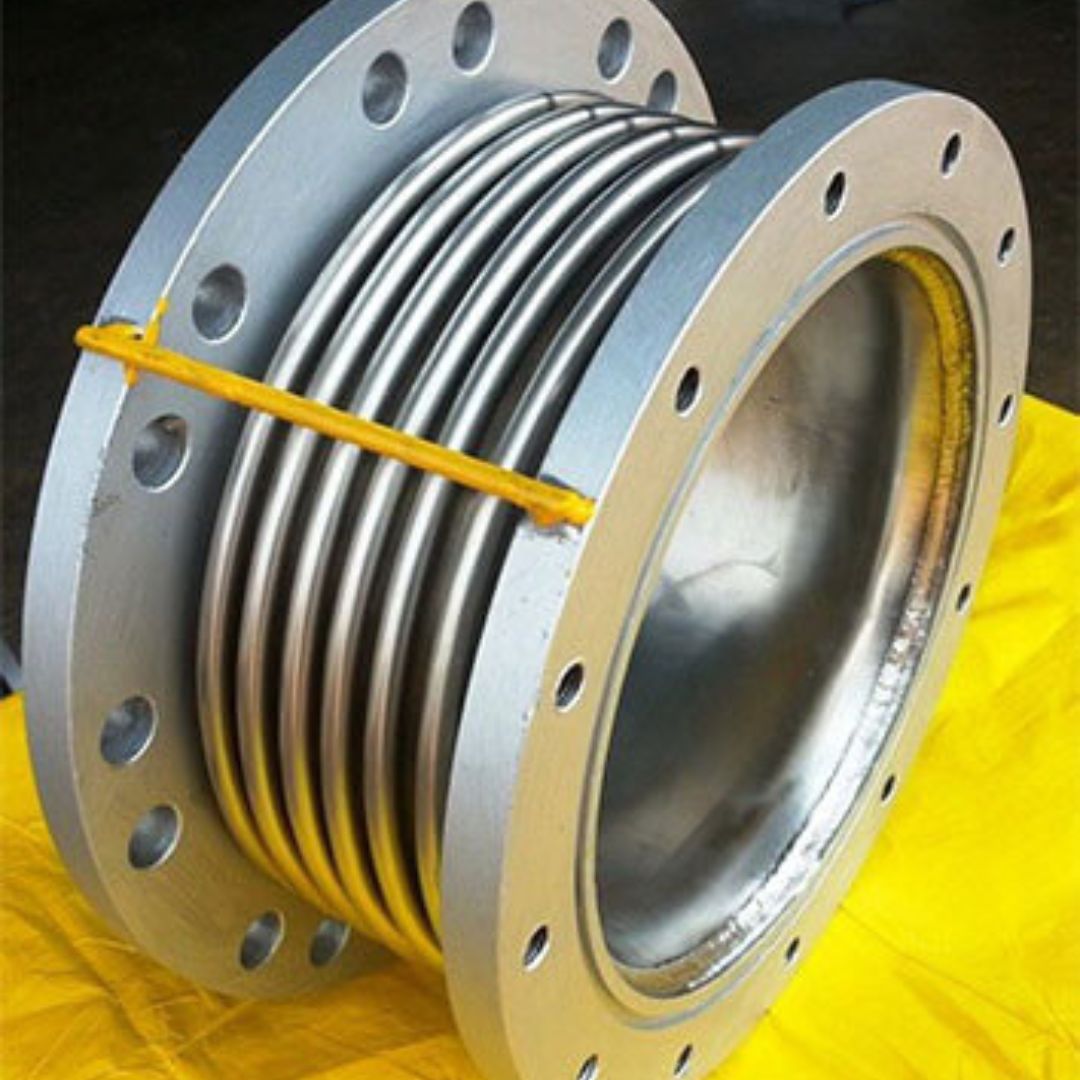
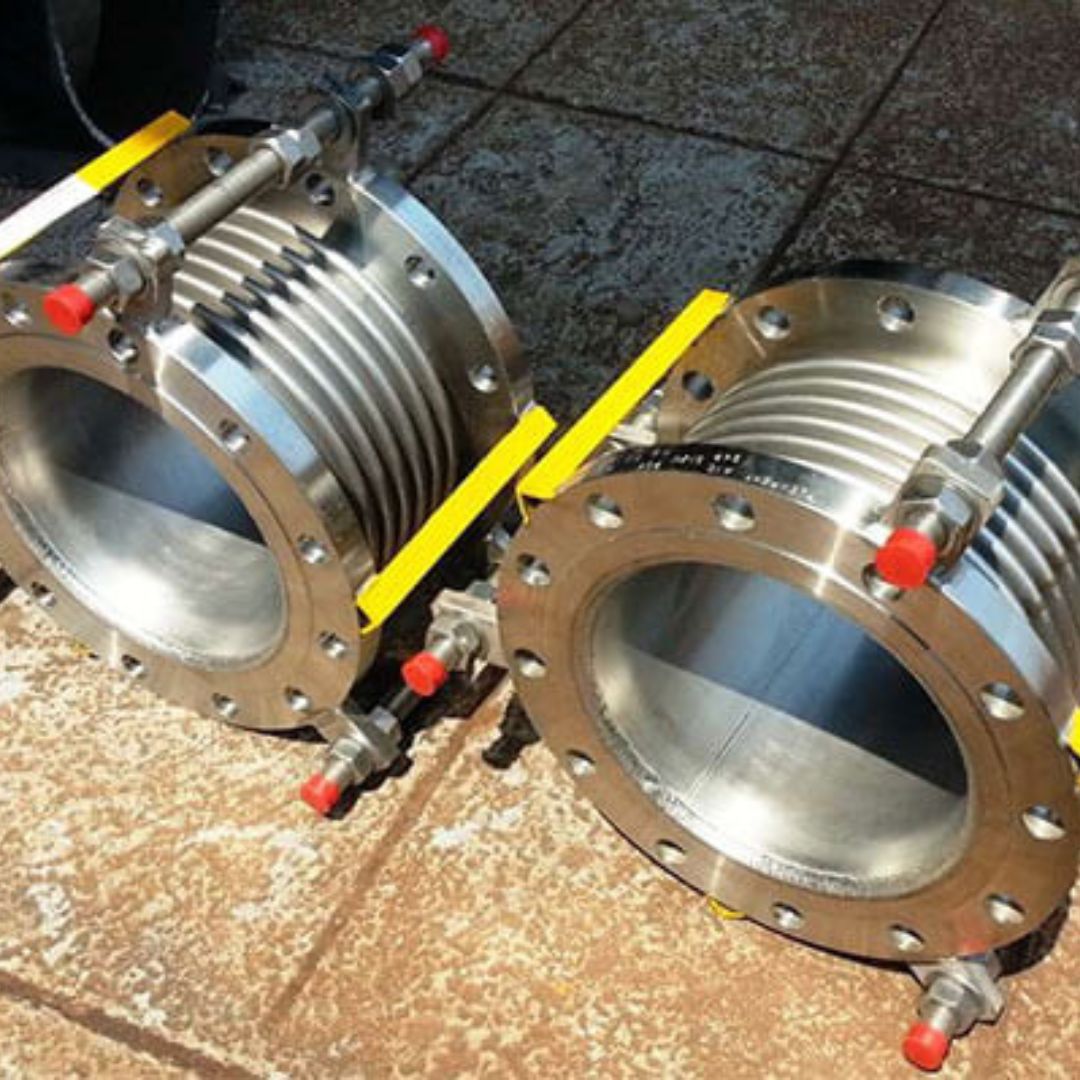
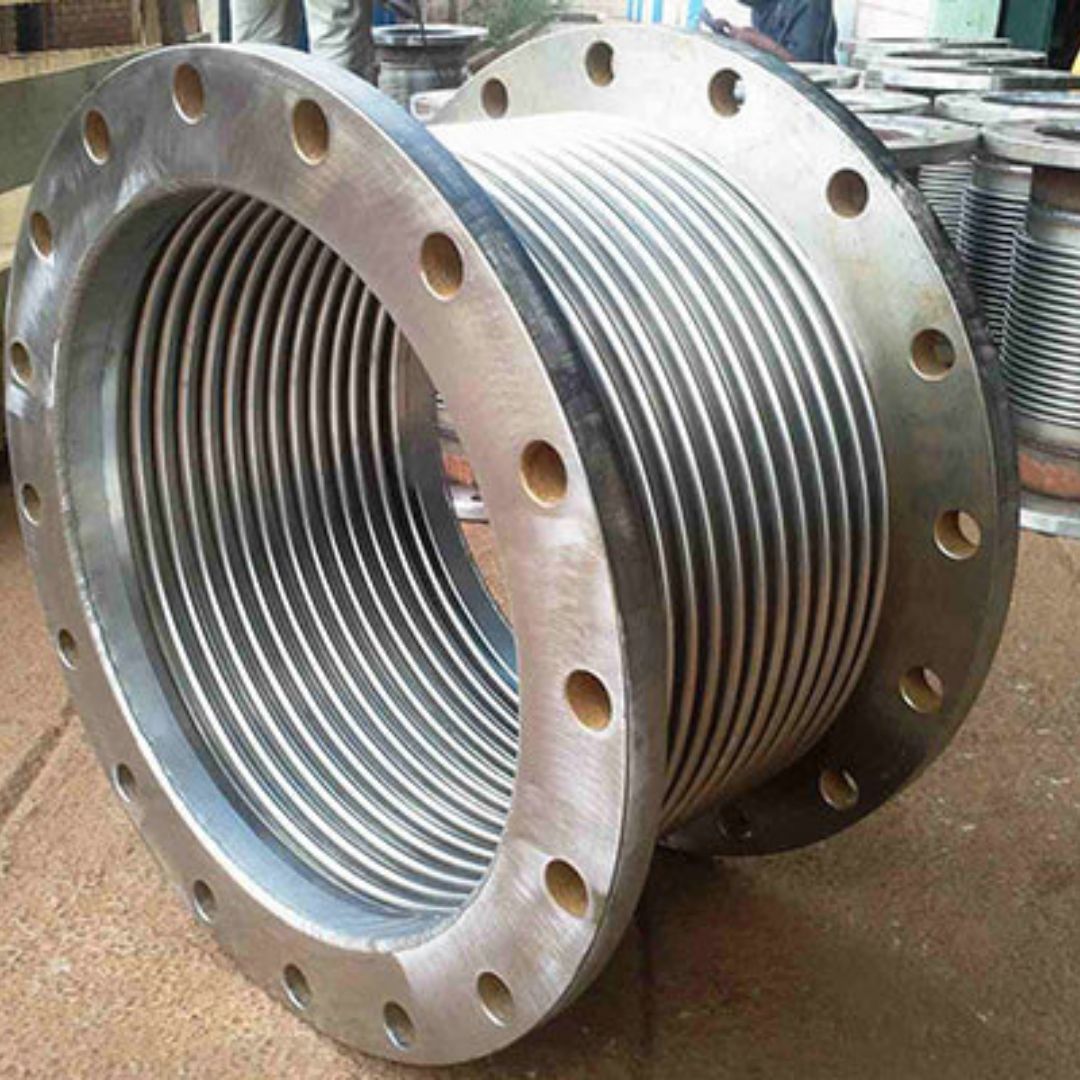
Requirement
Sign up for industry alerts, our latest news, thoughts, and insights from FL Experts.